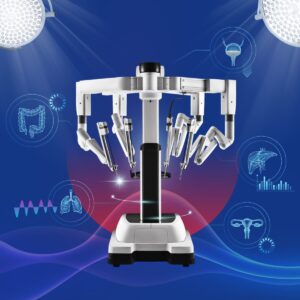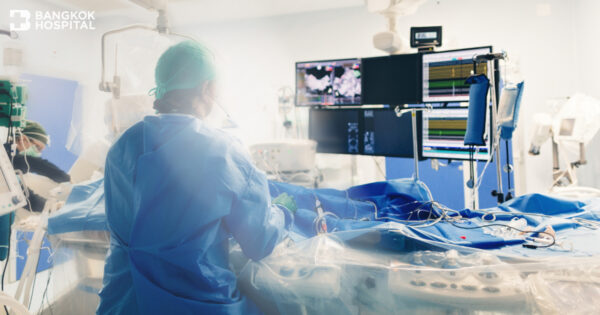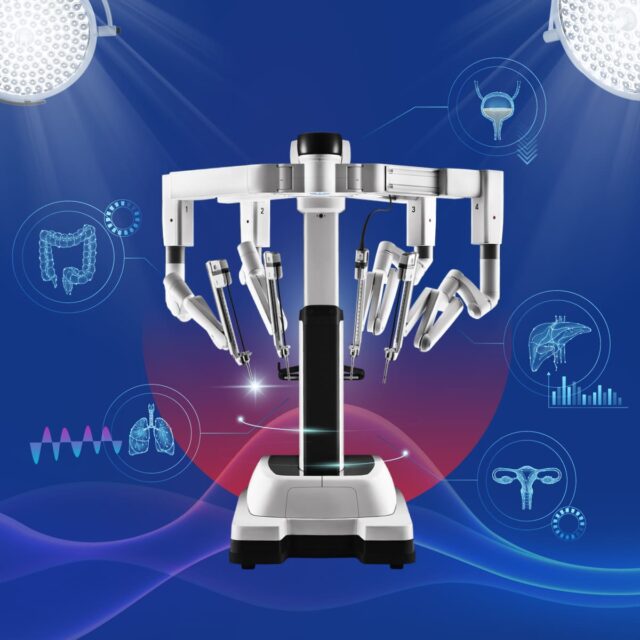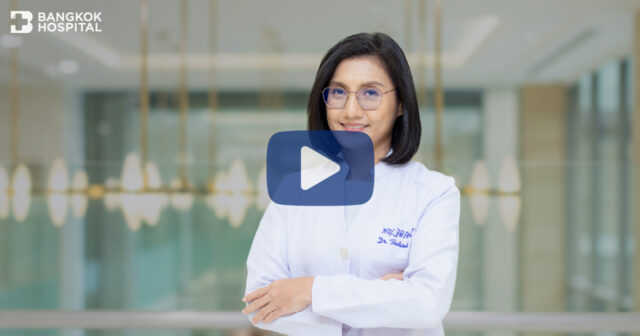Currently, advancements in techniques and the quality of cameras have significantly increased the success rate of surgeries performed using endoscopes than in the past. It is found that more than 4 million patients worldwide undergo arthroscopic knee surgery each year.
Knee Arthroscopy
Knee arthroscopy, or simply "arthroscopy", is a type of Minimal Invasive Surgery. It involves using a camera to explore inside the knee joint to identify any pathology. This method aids in accurate diagnosis and allows for simultaneous treatment. During arthroscopy, the surgeon inserts the camera through a small incision about 4 millimeters into the knee joint. The images are displayed on a monitor in the operating room, enabling the doctor to clearly see various parts of the knee, even in small and hard-to-see areas, which might not be visible during traditional open surgery. When the doctor identifies any pathology in the patient’s knee, treatment is performed simultaneously by inserting instruments through small incisions around the knee.
Preparing for Knee Arthroscopy
- The patient will undergo a medical history review, physical examination, blood tests, possibly an ECG, and lung X-ray to determine if they are fit for surgery.
- Patients should inform the doctor about any existing health conditions, medication history, especially blood thinners which might affect blood clotting, and any drug allergies.
- Patients must fast from food and water for at least 6 hours before surgery.
- An anesthesiologist will discuss with the patient before surgery to explain the most appropriate anesthesia, which is usually a spinal block, but some patients may require general anesthesia.
- After knee arthroscopy, most patients are required to stay in the hospital for about 1-2 days, but in some cases, the doctor may allow the patient to go home after surgery without a hospital stay if the surgery is not too extensive.
- After surgery, the knee will be wrapped in cotton and a compressive bandage.
Indications for Knee Arthroscopy
- Arthroscopy for trimming or repairing the meniscus (Partial Menisectomy or Meniscal Repair).
- Reconstructing torn anterior/posterior cruciate ligaments (ACL, PCL Reconstruction).
- Treating cartilage injuries in the knee joint (Cartilage Injury).
- Removing loose fragments from the knee joint (Remove Loose Body).
- Arthroscopy for inspecting the synovium for inflammation or taking a tissue biopsy (Synovectomy or Synovial Biopsy).
- Diagnostic arthroscopy for knee problems that have not been definitively diagnosed (Arthroscopic Diagnosis).
Postoperative Care for Knee Arthroscopy
- Recovery after knee arthroscopy is typically faster than after traditional open surgery. Patients should strictly follow the doctor’s instructions.
- Patients should keep their leg elevated above heart level to minimize swelling, avoid unnecessary walking in the initial postoperative period, and apply ice around the knee every 4-6 hours to reduce swelling and pain.
- The surgical site will be covered, and the doctor will provide wound care instructions. A follow-up visit to check the wound is usually scheduled for day 3 post-surgery, and stitches are removed around day 7-10.
- Walking after surgery will often require crutches, and the doctor will advise on how much weight can be borne on the operated leg.
- Most patients can shower, as the doctor will cover the wound with a waterproof bandage.
Physical Therapy after Surgery
The doctor and physical therapist will teach exercises to strengthen the muscles around the knee and how to use crutches. They will instruct on bending and stretching exercises to prevent knee stiffness. Patients should diligently follow these daily exercises as physical therapy helps improve surgery outcomes and speed up recovery.
Postoperative Complications
Like any surgery, knee arthroscopy carries a risk of complications, although these are rare, uncommon, and usually not severe.
Possible complications include:
- Infection
- Blood clots
- Bleeding in the knee joint
- Knee stiffness
Patients should seek medical attention ahead of their scheduled appointment if they experience:
- Fever, chills
- Increasing swelling, redness, warmth in the operated knee
- Worsening pain
- Pain in the calf muscle
The outcomes of knee arthroscopy are generally good but depend on the extent of injury to the knee. For instance, with severe cartilage damage and wear, the goal is to rehabilitate the knee to function as closely to normal as possible, especially in individuals engaged in professional sports.










